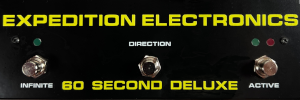Showing posts with label Peter Blasser. Show all posts
Showing posts with label Peter Blasser. Show all posts
Saturday, November 18, 2017
An Evening with Peter Blasser - Live from Control
Published on Nov 18, 2017 Control Synthesizers & Electronic Devices
"Peter Blasser, the artist + inventor behind Ciat-Lonbarde, Ieaskul F. Mobenthey and synthmall.com, visits Control to discuss his handmade SHTAR, the Cocoquantus, aspects of his programming language SHLISP and Fish, the solar powered Tocante series, jazz and other inspirations. Shot on location at Control, a synthesizer brick & mortar shop located in the South Williamsburg Neighborhood of Brooklyn, NY.
Control specializes in Eurorack Modular, vintage traditional and unusual eccentric electronic devices both analog and digital. Please do not hesitate to get in touch. www.ctrl-mod.com
Video synthesis created by Matthew Morandi. Production by Rachelle Rahmé."
Thursday, October 12, 2017
Peter Blasser of Ciat-Lonbarde DIY Tocante Workshop in Stockholm November 18/19th
This one in via Todd Barton
For those in Stockholm,
Peter Blasser of Ciat-Lonbarde will be hosting a DIY workshop with the Tocante on November 18/19th. If you are interested in attending, contact martin.baar@gaardn.se.
Sunday, May 22, 2016
Mocante by Mobenthey, Srine and Fyrall by DDD
Published on May 22, 2016 Peter B
"Using Tektronix 335 Oscilloscope to demonstrate:
-Mocante touch controller (for Eurorack) by Ieaskul F. Mobenthey
-Srine and Fyrall nob instruments, a new instrument by Din Datin Dudero"
Peter B = Petter Blasser, the man behind ciat-lonbarde.
Saturday, November 08, 2014
Ieaskul F. Mobenthey Eurorack Modules From Ciat-Lonbarde's Peter Blasser
via Control
"Peter Blasser's - Ieaskul F. Mobenthey modules are now In-Stock. Couldn't be happier to have Peter's stuff in-stock, he's been pushing the limits of instrument design and the philosophy behind it for years with Ciat-Lonbarde and very much encompasses the ideals of what we find inspiring about synthesis, electronics and the makers who make them. Limited Qty available."
Details on each, captured for the MATRIXSYNTH archives, follow. You'll find a video of them previously posted here.
"Ieaskul F. Mobenthey - Denum
The Denum module is essentially a bounds/bounce oscillator. It has the “triangle core” circuitry used in many
oscillators, but it adds a correlated bounds modulation, according to the concept (see below). Here, bounds and
bounce are each given equal treatment, with separate linear and exponential controls and inputs. In addition,
this module has a fully featured bi-polar VCA with complimentary inputs, to get you quickly going sending
“bb-objets” out the left and right channels.
Denum is an 8HP Eurorack module that runs on +12 and -12 volts. Attach power connector positive to “+” and
negative to “-”. Failure to follow proper power polarity will result in instant destruction of unit.
Looking at the front panel of Denum, note that inputs are marked by copper fill. There are three main sections:
bounce, bounds, and the VCA. Bounce is above bounds to emphasize the numerator/denominator relationship
of the two. Each of the two has exactly the same inputs and knobs. The “basis” knob sets the base rate or
position for bounds. There is a linear control input, marked by a a caret. Linear modulation is an alternative
input for pre-enveloped audio, since it has no attenuverter. However, the exponential control input is tied to an
attenuverter, marked by a characteristic bow-tie. An attenuverter works like this: at noon the modulations are
nulled out, they have no effect; clockwise from there they increase in intensity, with positive input meaning
“more”; to the counter-clockwise direction, modulations increase as well, but with negative input meaning
“more”. This knob is essential to controlling how much, and in which direction, your modulations apply.
Between the bounds and bounce areas, there is a range switch. When in middle position, Denum runs at a
standard audio rate. Pointing downward is a low audio rate, and pointing upwards is a definite CV, lowest rate.
The triangle output speaks the position of the waveform in voltage, and square expresses the frequency in terms of
negative and positive 10 volts. The triangle output is bussed into the left and right audio inputs of the VCA,
at bottom. Either can be swapped out for external audio energies, via the “left, right signal inserts”. The “left,
right VCA inputs” are for controlling the amplitude of the signals, with either a linear or exponential mapping. If the
left input is greater than right, sound goes out the “left out”. If right is greater than left, sound goes out the
“right out”. The voltage amount of difference maps to loudness in these channels. The “linear, expo switch”
chooses linear when cocked up, as marked by a caret, and exponential when cocked down, as marked by a
rounded form. There is an optional mute when the switch is in the middle.
About Bounds/Bounce
Sunday, July 28, 2013
Paper Circuit Demo - LED + Push Pull Oscillator (Phillip Stearns)
Published on Jul 27, 2013 phillip stearns·74 videos
"I can't take full credit for the paper circuit idea. Peter Blasser was the first artist I knew of working with paper as a circuit substrate. There are scores of others by now.
The idea here is not to use the paper circuit as a finished product, but as an educational tool to facilitate rapid prototyping of very simple circuits in a way that is easy for the beginner to understand how connections are supposed to be made.
Prototyping with perforated circuit boards may offer a more rigid and durable solution, however, in the classroom setting it can become difficult to illustrate exactly what connections need to be made.
Though printed paper circuits are not as rigid or durable, they do provide a platform by which students can learn basic circuit assembly skills before moving on to basic CAD circuit design.
This project was developed in association with Anyang Public Art Project."
"I can't take full credit for the paper circuit idea. Peter Blasser was the first artist I knew of working with paper as a circuit substrate. There are scores of others by now.
The idea here is not to use the paper circuit as a finished product, but as an educational tool to facilitate rapid prototyping of very simple circuits in a way that is easy for the beginner to understand how connections are supposed to be made.
Prototyping with perforated circuit boards may offer a more rigid and durable solution, however, in the classroom setting it can become difficult to illustrate exactly what connections need to be made.
Though printed paper circuits are not as rigid or durable, they do provide a platform by which students can learn basic circuit assembly skills before moving on to basic CAD circuit design.
This project was developed in association with Anyang Public Art Project."
Tuesday, July 02, 2013
Deerhorn Organ, with two patches, two more, and finally, two more.
Published on Jul 2, 2013 Peter B·92 videos
"Showing the modulation capabilities of the three element, 'deerhorn organ'. Played by gesturing in the air, patching with wires, and turning knobs."
Sunday, May 26, 2013
Ciat-Lonbardi APCs by Meng Qi

Top: APC2 by with Fire Red Minimoog Voyager.
Bottom: APCS - Aluminum Phospate Crystal Simulation - Circuit by PeterB (Peter Blasser of Ciate-Lonbari), PCB by Meng Qi.
via Meng Qi on flickr (click for more) - mengquimusic.com - ciat-lonbarde.net

Wednesday, September 19, 2012
Namasitar Stylophone
Published on Sep 19, 2012 by Qi Meng
"Circuit by Peter B
PCB/Design by Meng Qi
Portable and great sound.
Can be played standalone and as effector too.
ciat-lonbarde.com
mengqimusic.com"
Friday, April 27, 2012
Namasitar PCB

flickr By Meng Qi
"Circuit By Peter B
PCB By Meng Qi
Self contained, designed to be played like a stylophone with barre-pressing style playing.
Of course you can install in on a guitar or something else for electro-acoustic modifications."
Saturday, April 21, 2012
Din Datin Dudero Mark 2 PCB

flickr By Meng Qi
"Din Datin Dudero Mark 2 PCB
Circuit By Peter B [Ciat-Lonbarde]
PCB By Meng Qi
mengqimusic.com"
Sunday, September 04, 2011
Three Improvisations
Three Improvisations from Rastko Lazic on Vimeo.
"A late night improvisation on two of Peter Blasser instrument designs.
This is a live recording and all of the sounds come from these two instruments."
Peter Blasser Cocobuster.
Saturday, March 12, 2011
24HOURS: The Roolz-Gewei
24HOURS: The Roolz-Gewei from Klaus Gstettner on Vimeo.
"This is the first try on a truly unique instrument:
Finding out about Peter Blasser and his beautiful instruments was maybe the major encounter of the last years. Seeing and hearing videos and all available audio on the net was all I needed: I had to get at least one of these outstanding creations that reveal their unique personality from the first moment, so I mailed Peter end of january and was lucky enough to unpack a custom made Roolz-Gewei and a Cocostuber already yesterday night, about 1 1/2 months later.
Thank you so much Peter - they exceeded my expectations already when unpacking them.
Also, thank you Hex and Bartlebooth for getting me started so easily - you are amazig :-)"
NEXT PAGE
HOME
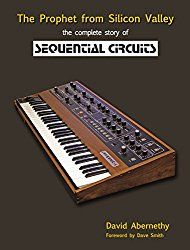



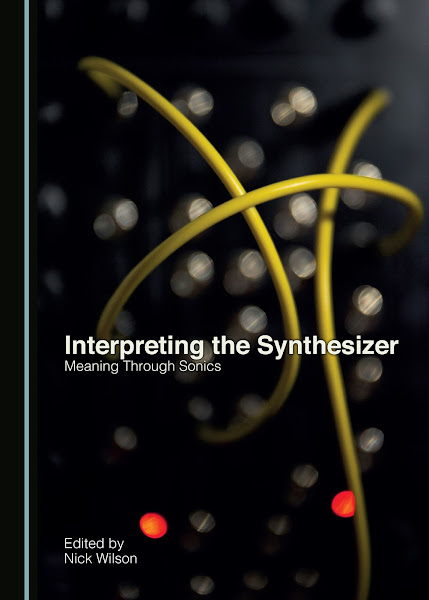
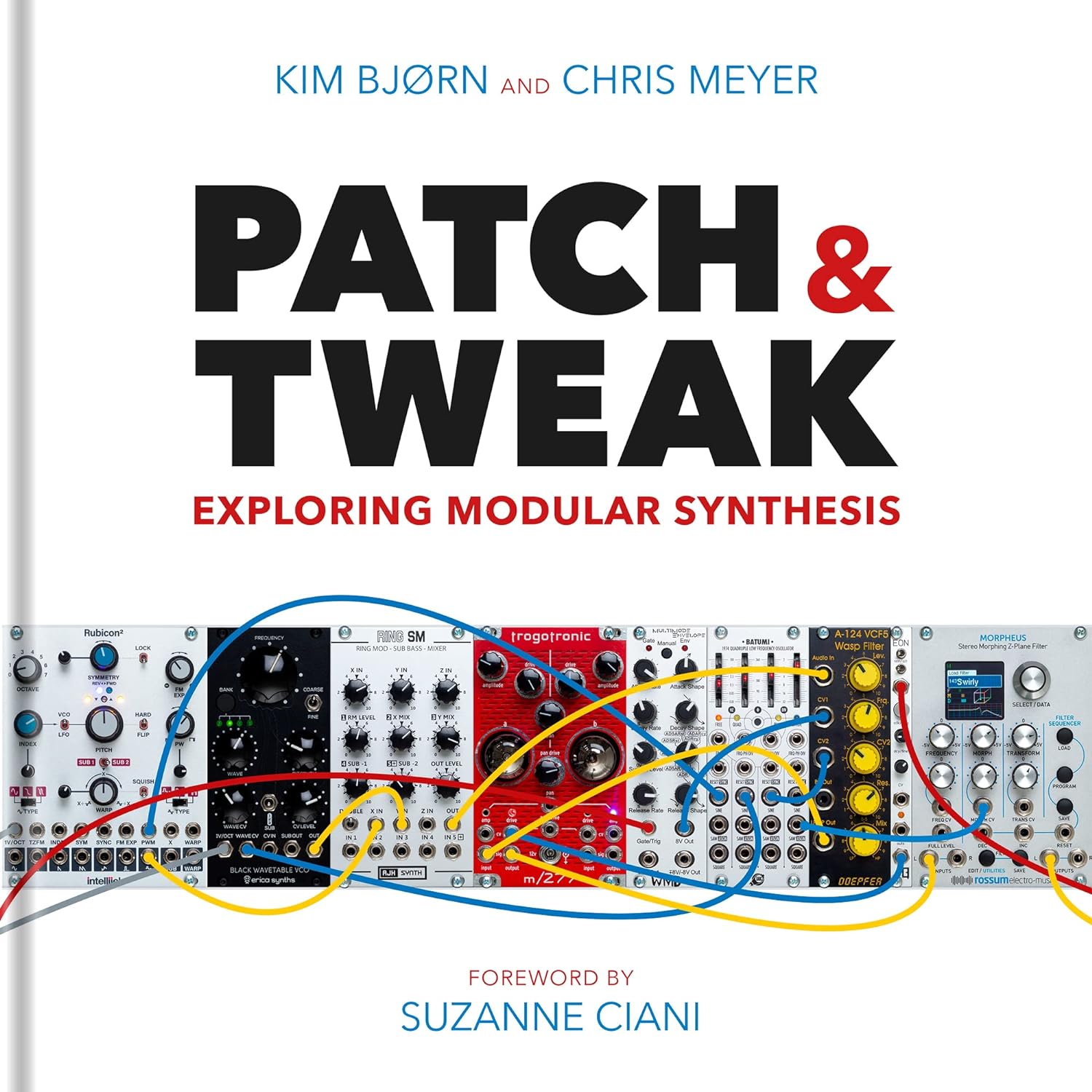

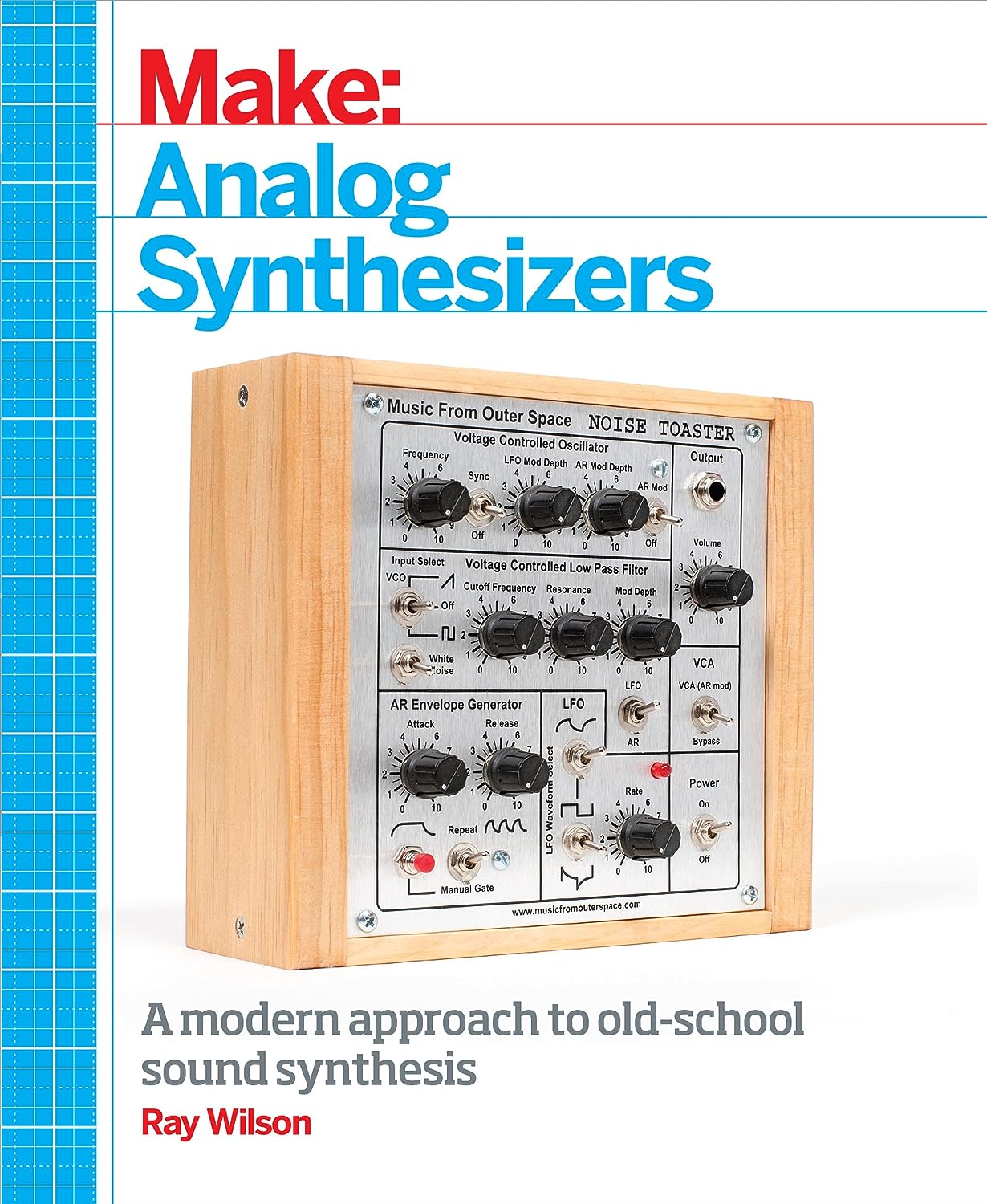

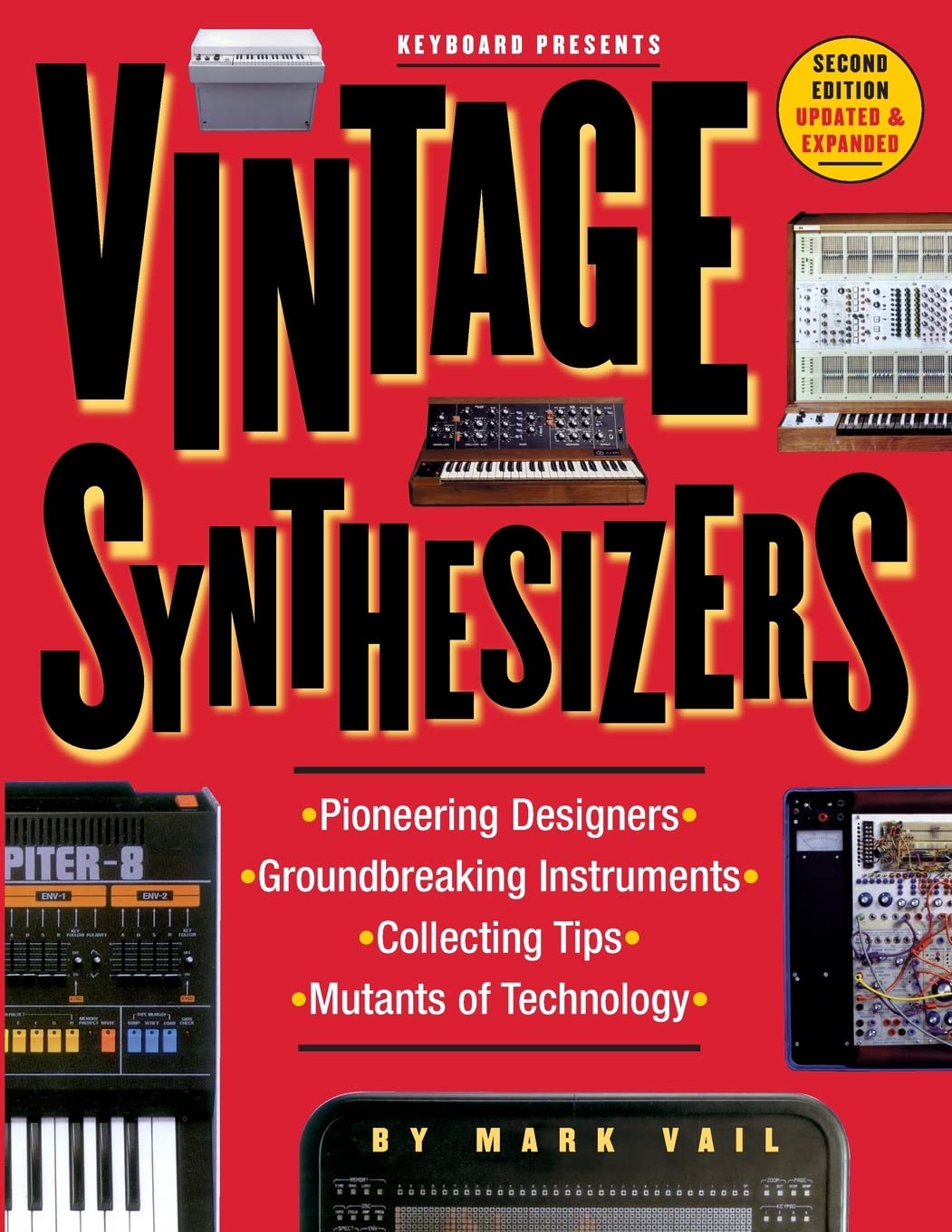
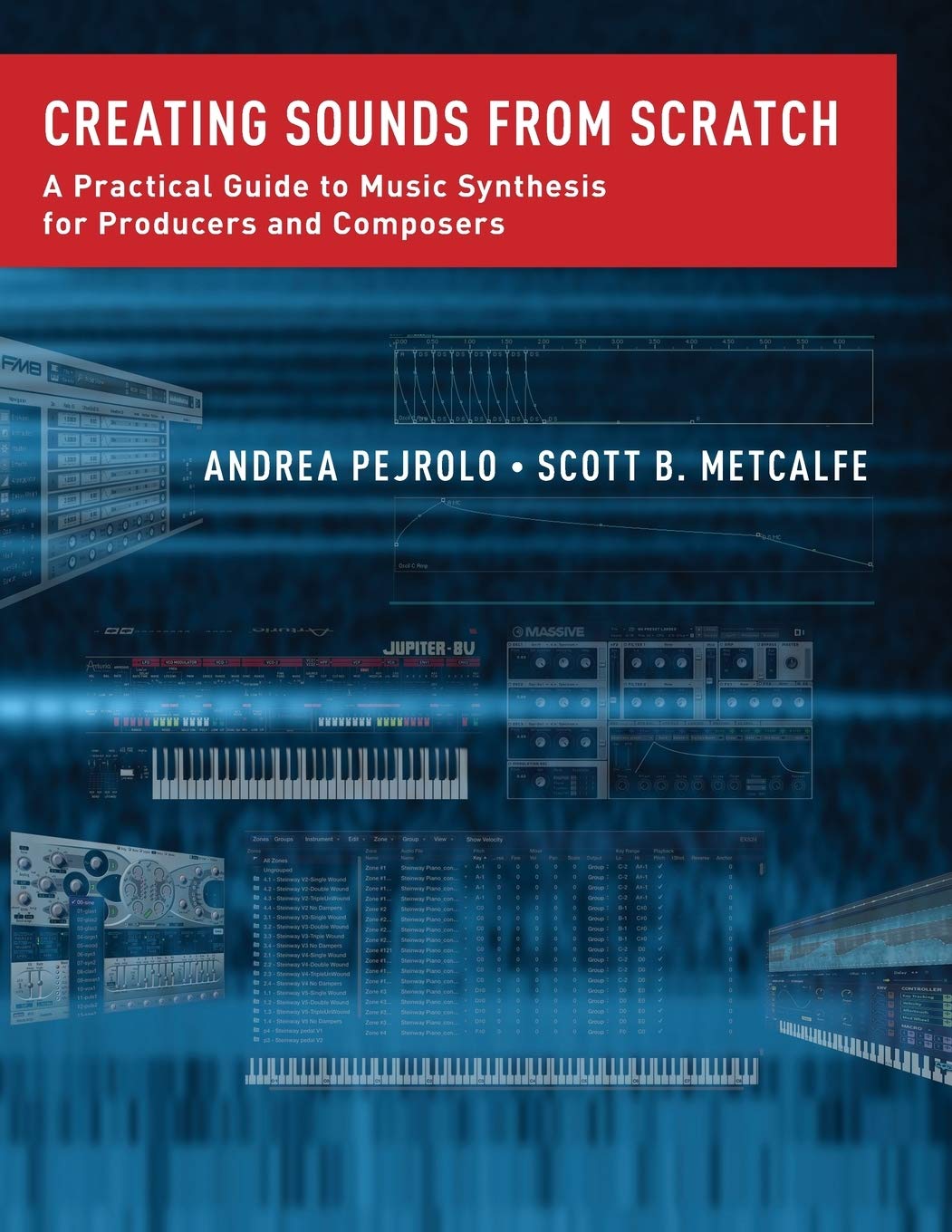
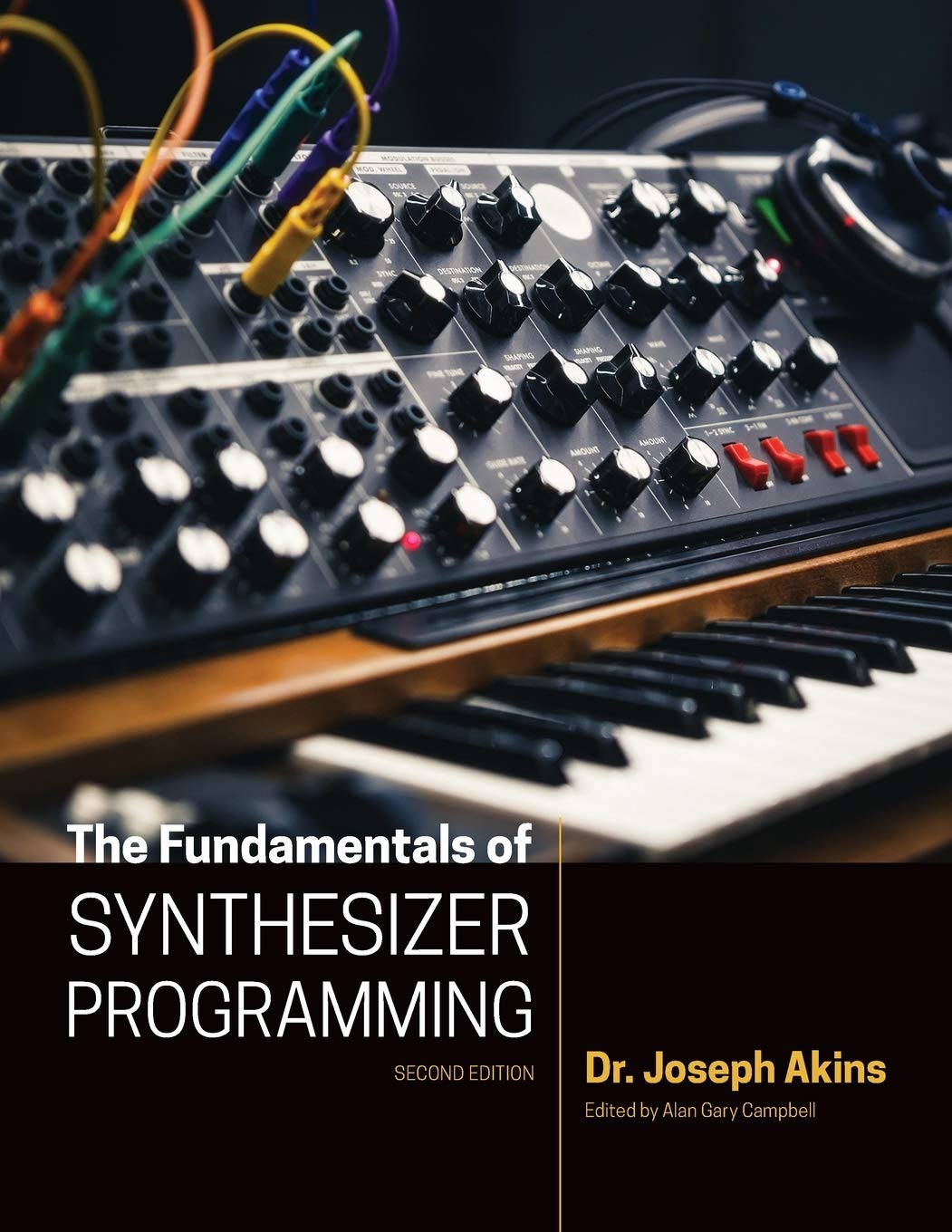

© Matrixsynth - All posts are presented here for informative, historical and educative purposes as applicable within fair use.
MATRIXSYNTH is supported by affiliate links that use cookies to track clickthroughs and sales. See the privacy policy for details.
MATRIXSYNTH - EVERYTHING SYNTH













© Matrixsynth - All posts are presented here for informative, historical and educative purposes as applicable within fair use.
MATRIXSYNTH is supported by affiliate links that use cookies to track clickthroughs and sales. See the privacy policy for details.
MATRIXSYNTH - EVERYTHING SYNTH
















